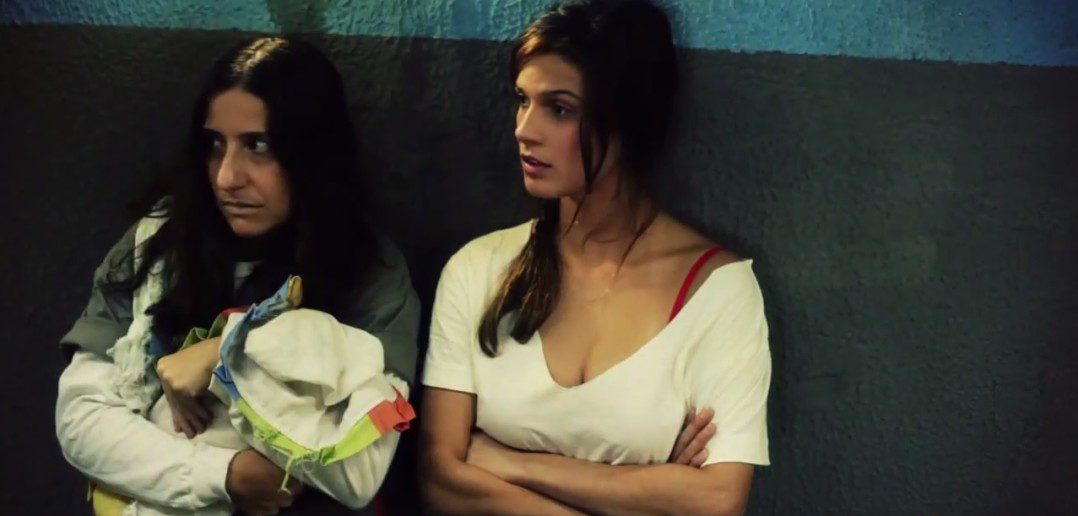Timing and efficiency are critical to transmedia, so you’ll want to develop a distribution plan that streamlines when you release each piece of your content. In 2009, we released Emmy-nominated transmedia property, Final Punishment (Castigo Final) (top video), an interactive thriller comprised of more than one thousand pieces of content, in just sixty days. In order to release this volume of content efficiently across multiple platforms, we organised content writers and creators, marked out a delivery schedule, and managed the day to day launch of specific pieces of content from image streams and texts to blogs and web series.
At the time, we had to coordinate our distribution plan manually. We had team members up at four in the morning to ensure that a particular piece of content went online at that precise time. Of course, this sort of ‘by hand’ distribution is not manageable in the long term – especially when you’re creative team is juggling a high volume of content between timezones and continents!
The difficulties we had in managing the Final Punishment project inspired us to design a remote tool that is story-centric. My team at beActive and I adapted our multi-platform distribution strategy into a digital scheduling and distribution platform called the Storycaster, a tool which eases the tasks of making content available on Youtube, Facebook, Twitter and other social media networks on the web, mobile, tablet and connected TV devices.
Increasingly, audiences are engaging with content on multiple platforms. They expect their favorite stories to be available on every one of their go-to devices, but the ever-changing technology that makes this sort of on demand storytelling possible, can be daunting. Storytellers want to focus on producing the best content possible, rather than learning how to use new technologies. The end-goal of the Storycaster is to help producers and creators expand their storyworlds and characters to new platforms without investing a great deal of time and money into adopting novel technologies.
What we needed, as content producers, was a better and well suited content aggregator and distribution platform that adapted to the types of stories we tell, one geared toward our multi-platform method and a publishing schedule that engages several social networks at the same time. The Storycaster allows producers to assemble large-scale projects to be distributed over a given period of time—one month, two months, a year—all of which includes hundreds of pieces of content.
Once we imported all content to the server, such as videos, text files, photos, blogs, social media posts, you can define a distribution timeline to determine where, how and at what pace you want your audience to consume the story. We can also specify the level of audience engagement you hope to achieve for each piece of content, by scheduling automatic push notifications and social media posts. The Storycaster then publishes content automatically, on designated platforms, according to the schedule set forth by the producer.
Our greatest asset as producers are our fans, and our number one priority is helping storytellers grow their audience by implementing a ‘fan base cycle’ aimed at converting casual viewers into fans. The existing technology helps us to define engagement strategies around our content, designate engagement levels appropriate to specific platforms and schedule audience interactions. Simply put, we create the experience, and the technology implements it.
What about the bottom line? This multi-platform distribution strategy helps us monetise our content by executing a freemium model, i.e. you offer some content for free and charge fans for premium content. We can specify which pieces of content you’d like to run advertising across to generate revenue and can link existing products to your content to prompt sales via digital downloads or physical products. This way, thanks to technology, we can deploy timely, cost-effective, multiplatform projects with the ability to measure audience engagement, identify core fans and tweak content (in real-time) accordingly.
Nuno Bernardo is the founder and CEO of TV, film and digital production company beActive. He is also an Emmy nominated writer-producer and recently released his latest book, Transmedia 2.0. Find him on Twitter and Facebook.




